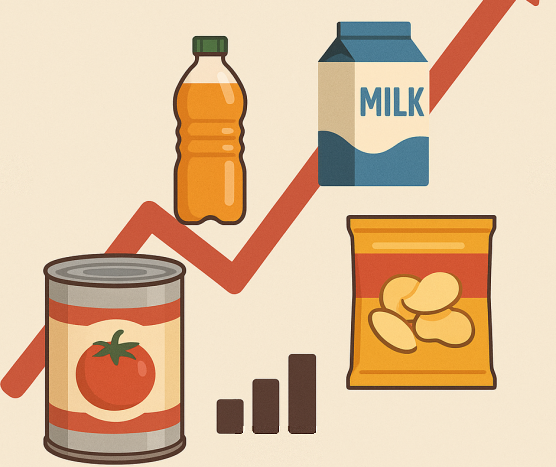Imports of Japan in 2020-2021
Increasing opportunities for Health and Food products
Published by Marzia Moccia. .
Health products Foreign markets Asia Food&Beverage Export markets Foreign market analysis
In a context of intensification of protectionist climate, Japan has been the subject of interest both from the European Union, stronghold of the liberal thought, and from the US, the main protectionist player in recent months.
According to the forecast scenario of foreign trade flows, available at the link, Japan will experience an imports annual average increase - measured in dollars - of 6% over 2020-2021 period, signaling interesting export opportunities for foreign companies. From 2017 in fact, after a period of substantial stagnation in import flows, imports of Japan started growing again in volume terms, although penalized by the current international trade slowdown.
An industry analysis
Japan represents the fourth largest importing country in the world, following the United States, China and Germany. The result comes from the fact that the Japanese economy is highly dependent on imports of raw materials; however, the analysis of the sectors expected in greater acceleration shows that, apart from raw materials, there are growing market opportunities especially for consumer goods. Outside of the raw materials, this category of goods represents the most imported from abroad.
Source: ExportPlanning.
Health products
Health products (E4 in the figure) is the first sector of interest. The industry has experienced a dynamic growth in recent years and is expected to increase in the next two years as well. Indeed, the driving force behind this increase is the aging of the Japan population. The life expectancy in Japan is one of the highest in the world and the percentage of the population over 65 years is expected to reach 30% by 2025, confirming Japan market as one of the most important markets in the world for pharmaceuticals exports.
In fact, Drugs represent the most significant import share of the industry, for which the main trading partners are precisely United States and European Union.
Agribusiness
The exports of Agribusiness, finished goods and intermediate products (E0 and B1 in the figure), have been the subject of particular attention by the European Union and the USA in defining commercial agreements. The Japanese market is indeed one of the main destination markets of agri-food products since domestic production fails to meet the needs of the population. The United States and the European Union represent the main trading partners for the export of unprocessed meat, while UE and US have a lower weight in the case of finished agri-food products, mainly due to the high barriers to entry existing on the Japan market before the adoption of commercial agreements.
Both the United States and the EU have in fact requested and obtained a gradual abolition and reduction of tariff barriers, especially for finished products such as processed meat, wine and cheese.
The Japanese imports of the agri-food industry are expected to double the rates of change recorded in recent years.
For intermediate and investment goods, we note a slight recovery of Electronic components imports and an increase in ICT tools and services in the 2020-2021 period, for which, however, the Asian partners, such as China and Taiwan, are the ones who hold the most considerable part of the market.
Significant opportunities appear to be opening up on the Japanese market, related to the two free trade agreements signed with the EU and the US. However, it is appropriate to point out that in the approach to the market it is very important to take a long-term view, given the importance of long-term relationships for the local culture and the "distance" of the target market.


